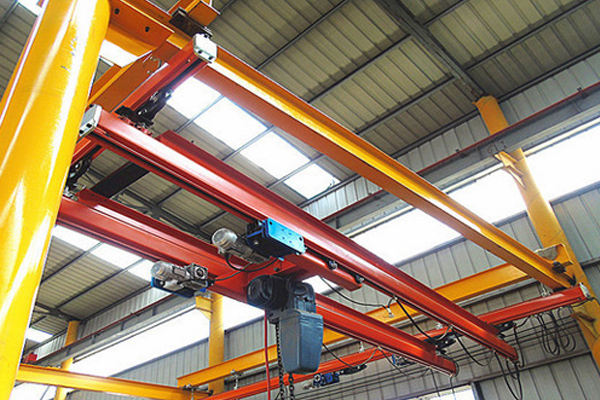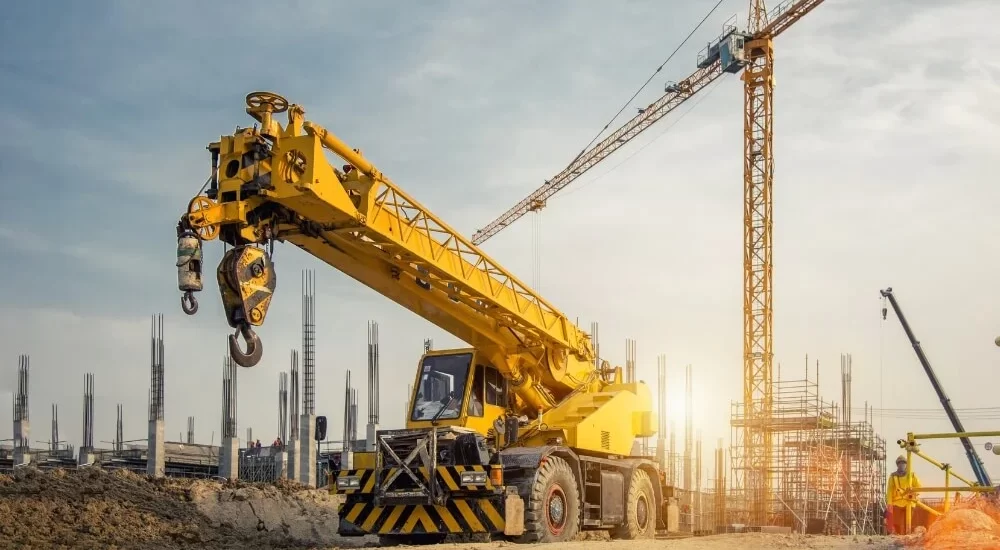Cranes are essential for construction projects, precise lifting and transporting of heavy loads. Whether a towering skyscraper or a bridge, the role of a crane in major construction cannot be overstated. However, to ensure the safe and efficient operation of these complex machines, understanding the core components of a crane is vital for any project manager. Knowing the essential crane components will help you make informed decisions, select the right crane supplier in Singapore, and maintain safety standards throughout the project. Here are the top 5 crane components every project manager should know.
Boom
The boom is perhaps the most recognisable part of any crane. It is the long, extendable arm that lifts and moves loads. Depending on the type of crane, the boom can be fixed, telescopic, or articulated. The choice of boom largely depends on the nature of the construction project, as its length and mobility will determine the crane’s reach. Project managers need to consider the size and weight of the loads and how high they need to be lifted. For projects that require height and precision, selecting a crane supplier in Singapore that offers cranes with the right boom configuration is crucial.
Counterweight
Counterweights are essential for balancing the crane and preventing it from tipping over when lifting heavy loads. These weights are typically placed at the rear of the crane and provide the necessary stability when the boom is extended with a load. Without a proper counterweight, even the most powerful crane could become unsafe. The correct counterweight is determined based on the load size and height requirements, and it’s an element that should always be discussed with the crane company in Singapore during project planning. Ensuring the proper counterweight configuration can make a significant difference in both safety and operational efficiency.
Jib
The jib is an additional horizontal member that extends from the boom to provide extra reach. The jib becomes an indispensable component for projects that require the crane to work around obstacles or at extended distances. It allows the crane to access areas that the boom cannot reach. The use of a jib also requires careful planning, as it affects the crane’s overall balance and capacity. Project managers should work closely with their crane supplier in Singapore to determine whether a jib is necessary for the specific tasks and ensure proper installation.

Hoist
The hoist is responsible for the actual lifting of loads and consists of wire ropes or chains wrapped around a drum. The hoist’s capacity is one of the most critical factors in crane operations. A crane’s ability to lift a certain weight is directly linked to the strength of its hoist system. Regular maintenance is essential for hoists, as they endure significant wear and tear over time. Choosing a reliable crane service in Singapore that performs regular inspections and maintenance on hoists can prevent breakdowns and costly delays on construction sites.
Rotex Gear
The Rotex gear is a component located at the base of the crane for it to rotate. This rotation capability is crucial for positioning loads accurately and efficiently, especially in tight or confined spaces. The smooth operation of the Rotex gear ensures that the crane can pivot without compromising stability or safety. Project managers should pay attention to the condition of the Rotex gear during routine inspections and maintenance checks. Working with a crane company in Singapore that provides expert servicing for such critical components ensures a seamless operation throughout the project lifecycle.
Conclusion
Understanding these top five crane components—boom, counterweight, jib, hoist, and Rotex gear—will equip any project manager with the knowledge to oversee crane operations effectively. Each component plays a specific role in ensuring the crane operates safely and efficiently. Working with an experienced crane supplier in Singapore, you can ensure that your equipment is well-maintained and up to the task. When selecting a crane service provider, look for a company that prioritises safety, provides expert maintenance, and offers a range of crane components to suit your project’s needs. Whether managing a large-scale construction site or a smaller project, understanding the essentials of crane components will contribute to smoother operations and better results.
Contact Shin Guan today to learn more and how we can support your next construction project with reliable and efficient crane solutions.




